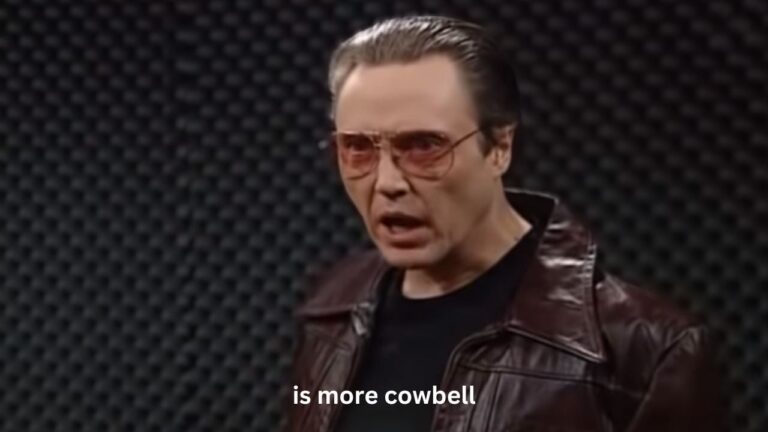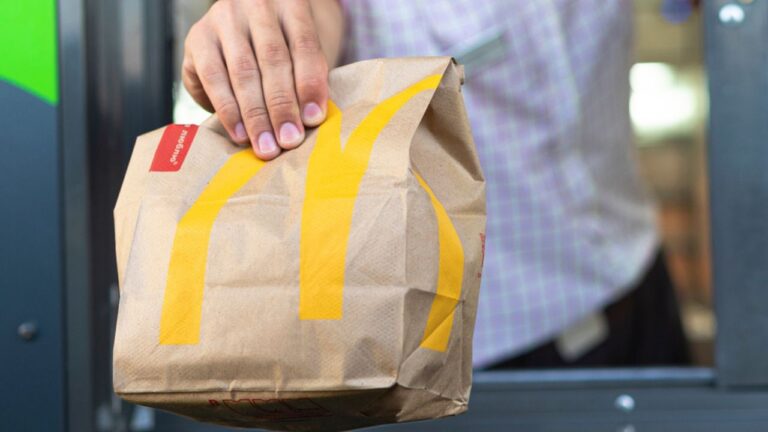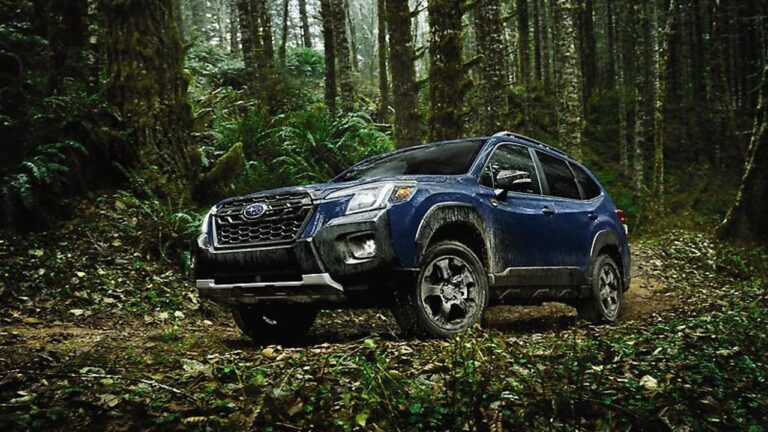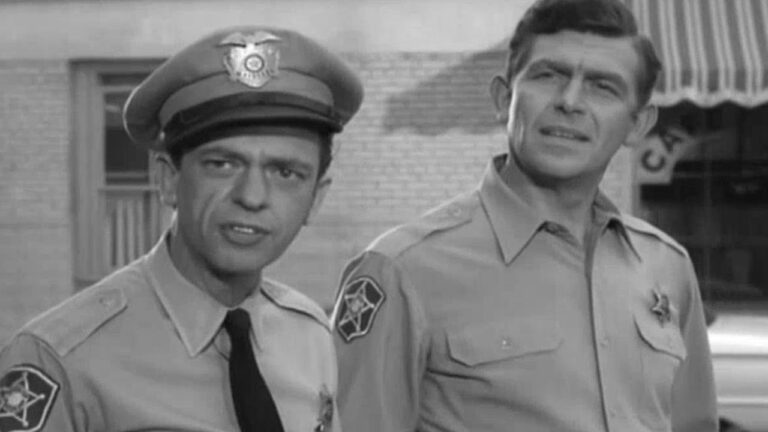13 Iconic Motorcycles That Transformed the Industry
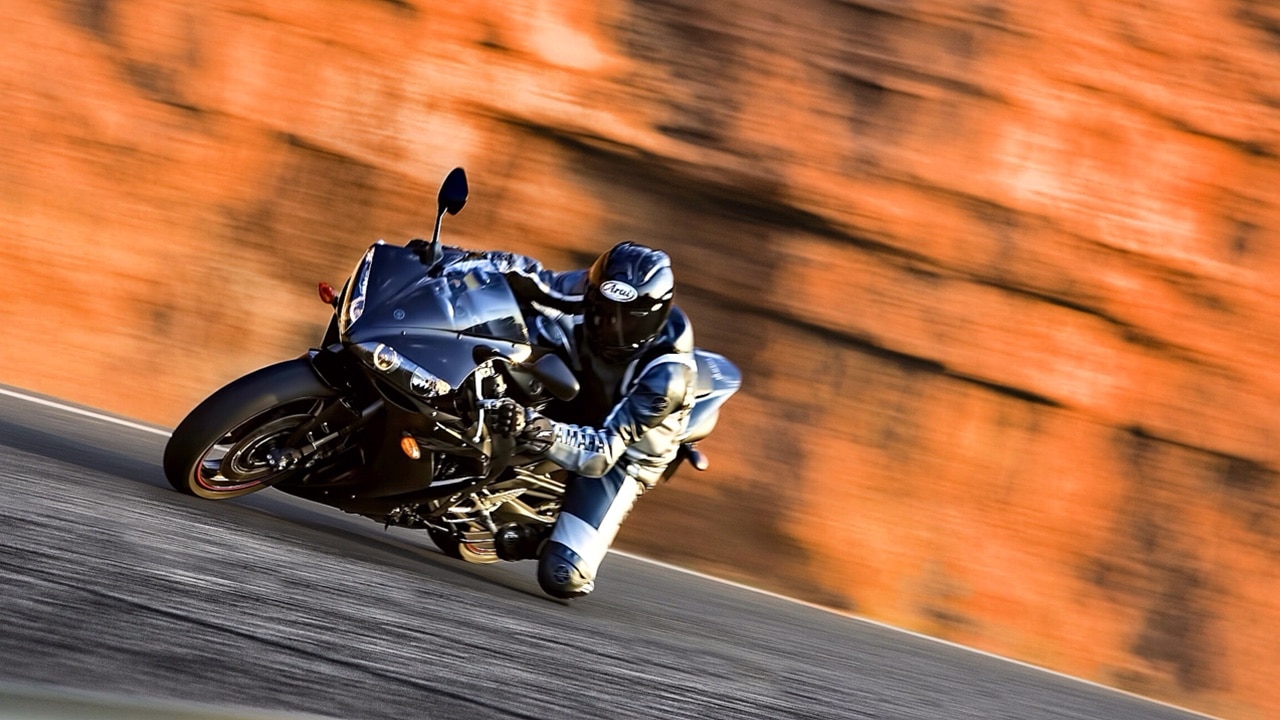
While the basic principle remains the same, motorcycles have come a long way since they were first introduced as motorized bicycles.
Countless models have been built and sold over the years, but only a handful can be considered game-changers.
The following bikes all seriously impacted the motorcycle industry, as they either saved the manufacturer, changed motorcycle laws, or forced the competition to catch up.
Harley-Davidson Sportster

Bikers, especially those who ride the bigger Harleys, like to joke that the Sportster is a “girl’s bike.” First of all, there’s no such thing. Second, those bikers tend to forget that the Sportster saved Harley-Davidson when it arrived in 1957.
At the time, British motorcycles were all the rage, and the Sportster was the bike that kept H-D in the competition. Since then, it’s become a favorite among riders, young and old, and thanks to its stylish design and a massive selection of aftermarket parts, it’s one of the most popular bikes to modify.
Suzuki GSX1300R Hayabusa

For years, Japanese motorcycle manufacturers were locked in a battle of speed and power. In the late 1990s, Honda’s CBR1100XX Blackbird was the fastest motorcycle on the market, but everything changed when Suzuki released the Hayabusa.
The Hayabusa was named after the Peregrine falcon, a bird that can reach a top speed of 200 mph during its dive attacks and just happens to eat Blackbirds. Well played, Suzuki! The Hayabusa was so fast that the Japanese companies feared their bikes would be banned in Europe if they continued down this route. They entered a gentleman’s agreement, and Japanese motorcycles were restricted to a top speed of 186 mph.
BMW R80G/S

BMW has dominated the adventure motorcycle segment for years with its GS lineup. However, the German bikemaker wasn’t always the giant that it is today.
Motorcycle enthusiasts were confused when BMW released the R80G/S in 1980. After all, trail bikes were supposed to be lightweight, and the R80G/S was massive compared to the off-roaders of the era. BMW convinced potential buyers of its greatness when the R80G/S won the Paris-Dakar rally, and combined with the bike’s excellent comfort, it changed the motorcycle landscape forever.
Brough Superior SS100

Every Brough Superior SS100 was built specifically to the buyer’s request and needs, and the level of craftsmanship led to its marketing as “the Rolls-Royce of motorcycles”—with RR’s permission.
Powered by a 990cc air-cooled V-twin engine, the SS100 produced 48 hp and was sold with a certificate signed by company founder George Brough, guaranteeing it would go past the 100 mph mark. By 1928, it would even reach 130 mph in the standing kilometer. T.E. Lawrence, better known as Lawrence of Arabia, owned several Brough motorcycles. He died from head injuries sustained when he swerved to avoid some cyclists. His death led to the requisite use of helmets for motorcyclists.
Vincent Black Shadow

Long before superbikes were an actual thing, the Vincent Black Shadow was the world’s fastest production motorcycle. It was built from 1948 until 1955, and thanks to its 55-hp, 998cc V-twin engine, it could reach a top speed of 125 mph. The engine was mounted to the frame as a stressed member, eliminating the need for a downtube cradle.
In his book Fear and Loathing in Las Vegas, the legendary Hunter S. Thompson refers to the Vincent Black Shadow several times. He wrote, “If you rode the Black Shadow at top speed for any length of time, you would almost certainly die. That is why there are not many life members of the Vincent Black Shadow Society.”
Suzuki GSX-R750

Suzuki forever changed the race replica street bike game when the GSX-R750 was unveiled in 1985. This bike is why you can now walk into a dealership and ride out on a fully-faired, lightweight, 200-hp sportbike that looks just like the ones you see racing on TV.
Make no mistake — the GSX-R 750 was built using Suzuki’s racing expertise. Its box-section aluminum frame, compact, high-revving, oil-cooled four-cylinder engine, and all the tech were derived from the brand’s existing race bikes. It was an immediate hit on both the street and racetrack.
Honda CB750

In 1969, Honda introduced what’s often credited as the world’s first superbike. Unlike the British single-cylinder and parallel-twin bikes, and American V-twins, the CB750 had a transverse-mounted, overhead camshaft, inline-4 engine. It ran smoother than any other bike on the market.
It also had an electric starter, a kill switch, and front-mounted disc brakes long before they became mainstream. To make things even better, it was low maintenance, too. The CB750 was the first motorcycle referred to as UJM (Universal Japanese Motorcycle), and it skyrocketed Honda into greatness.
Honda Super Cub

The CB750 wasn’t Honda’s first game-changing bike. Its C100 Super Cub is the best-selling motorcycle in history, with over 100 million bikes sold so far.
It uses a simple 49cc pushrod engine that’s practically bulletproof and barely sips fuel, and it’s so simple to ride that practically anyone can do it. In 1960, Honda added an electric starter, making it even more appealing to the masses.
Ducati Monster

Ducati’s little Monster was among the first naked “hooligan” bikes, a segment that’s now populated by countless models, including KTM’s Duke series and Yamaha’s MTs. It was also the model that saved Ducati from bankruptcy, as it was a parts bin special that was cheap to develop, and the Italian manufacturer has sold hundreds of thousands of Monsters.
With engines ranging from 400cc to 998cc, there was a Monster for every skill level. While there are fewer options today, the Monster is still one of Ducati’s bestsellers and one of the major influencers in the naked bike segment.
Honda CBR900RR FireBlade

Like the Suzuki GSX-R750 before it, Honda’s CBR900RR FireBlade revolutionized the superbike segment when it arrived in 1992. Sportbikes were getting bloated and increasingly terrifying to ride, as manufacturers kept adding power and weight.
The FireBlade not only drastically reduced weight compared to other superbikes, but it was also physically smaller, packing an 893cc punch in a 600-sized package. It was nimbler and more agile than the competition, making them seem like overweight dinosaurs.
Yamaha YZF-R1

After Honda unleashed the FireBlade, all the other manufacturers were playing catch-up, and it remained at the top of the totem pole until the Yamaha R1 arrived in 1998. Yamaha’s new superbike offered performance that was unheard of for road-legal production motorcycles at the time and became the new yardstick.
Yamaha designer Kunihiko Miwa said the R1 was the first “no compromise superbike.” Thanks to innovative solutions and “tighter packaging,” the R1 forever changed how sportbikes were designed and what we expect from them.
Ducati 916

Another sportbike that changed the motorcycle world was the Ducati 916, designed by Massimo Tamburini. To this day, it’s considered one of the most stunning motorcycles ever made and continues to influence modern motorcycle design. According to Tamburini, the 916 “reflects the shape of a woman.”
There was more to the Ducati 916 than its exquisite looks, though. Thanks to the excellent chassis and 916cc L-twin engine, it became a celebrated race bike, winning the World Superbike Championship three years in a row.
Honda GL1000 Gold Wing

Touring bikes are more popular than ever, and long-distance riding enthusiasts are spoiled for choice if they want a bike with continent-crossing abilities. We certainly have Honda and its Gold Wing to thank for that, as it was one of the segment’s pioneers.
While the Gold Wing has always been one of the top touring bike choices, it wasn’t always the luxurious, tech-filled machine it is today. In 1975, the GL1000 Gold Wing was a more stripped-down affair and didn’t have the bags and massive fairings it’s now famous for. It still offered superior comfort, and that’s probably the most important thing for a touring bike.
